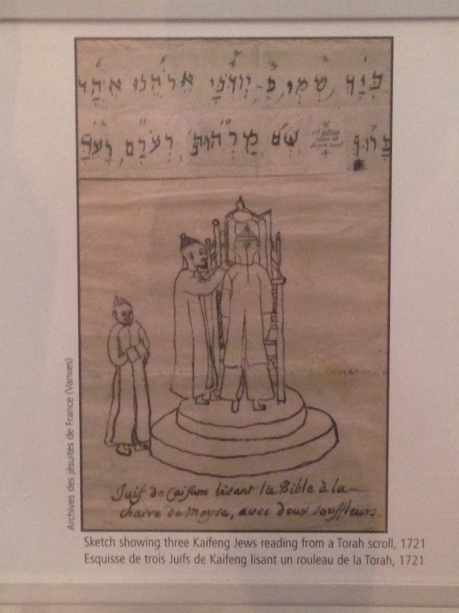A wise scholar once observed that the Talmud lacks a laugh track. You can’t tell when the Sages were joking.
I thought this applied to the incantation for the “kappa,” the poisonously acrid sap of ancient lettuce, which the Sages used as bitter herb for their seders.
Rabbi Chananel said it was a poisonous bug that lived in lettuce (since it never swarmed on the ground, it might be kosher).
The Talmud (Pesachim 116a) lists some antidotes, including an incantation: “Kappa, kappa, I know all about you and your seven daughters and eight daughters-in-law.”
Ha, ha, I thought; I can almost hear the hoary laughter of Sages slapping each other on the back with raucous laughter as they thought of the superstitious multitudes who’d try talking to their pain.
But we have a friend who suffers from shingles pain–she had shingles some years ago, and the pain returned, but the doctors could find no physical symptoms, so they suggested it’s in her mind. (Of course, all the reality we experience is inside our heads.) She found some relief with the Curable app, which prescribes activities including talking to the pain. Talk to the pain? Do I hear the laugh track?
Or do I hear a different idea. Perhaps if we face up to a problem such as pain, address it as a real entity and don’t try to ignore it, we can deal with it better. Tell the kappa you know it’s there, and what’s more, you know about its personal life and its trials as a parent and parent-in-law.
Early this morning, several of us clustered outside shul waiting (as we often do) for the sticky secured door to open. Repeated attempts to enter the correct electronic code had not been fruitful. I came up, gave the door and good shake to wake it up, and started to say a few sympathetic words. Before I could finish, the door opened.
I choke on maror every year, but this year I have a new strategy: “Maror, with your acrid stench, every year you make me choke, but this year your power I’ll quench for I’ll concede you’re not a joke.”



